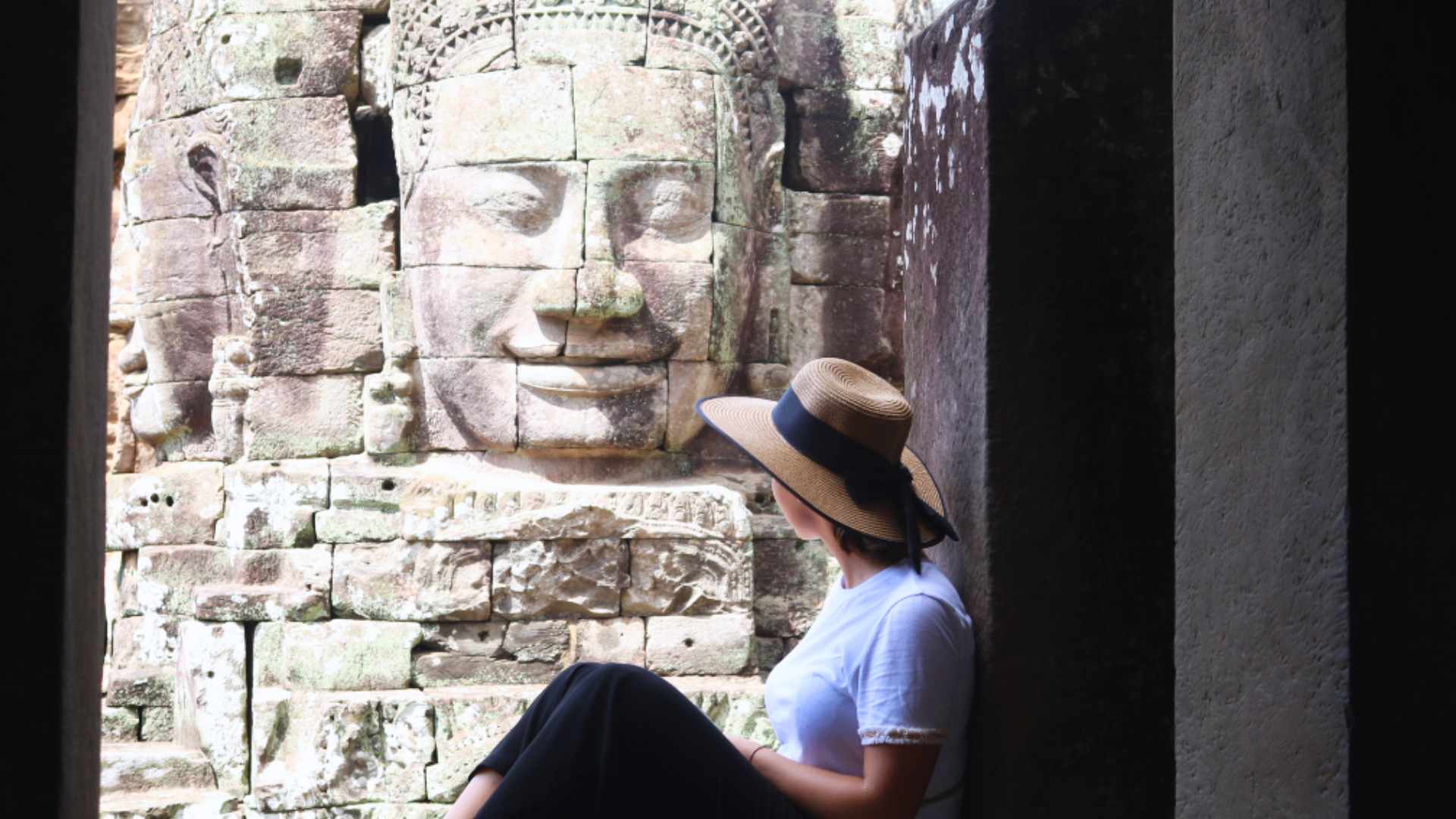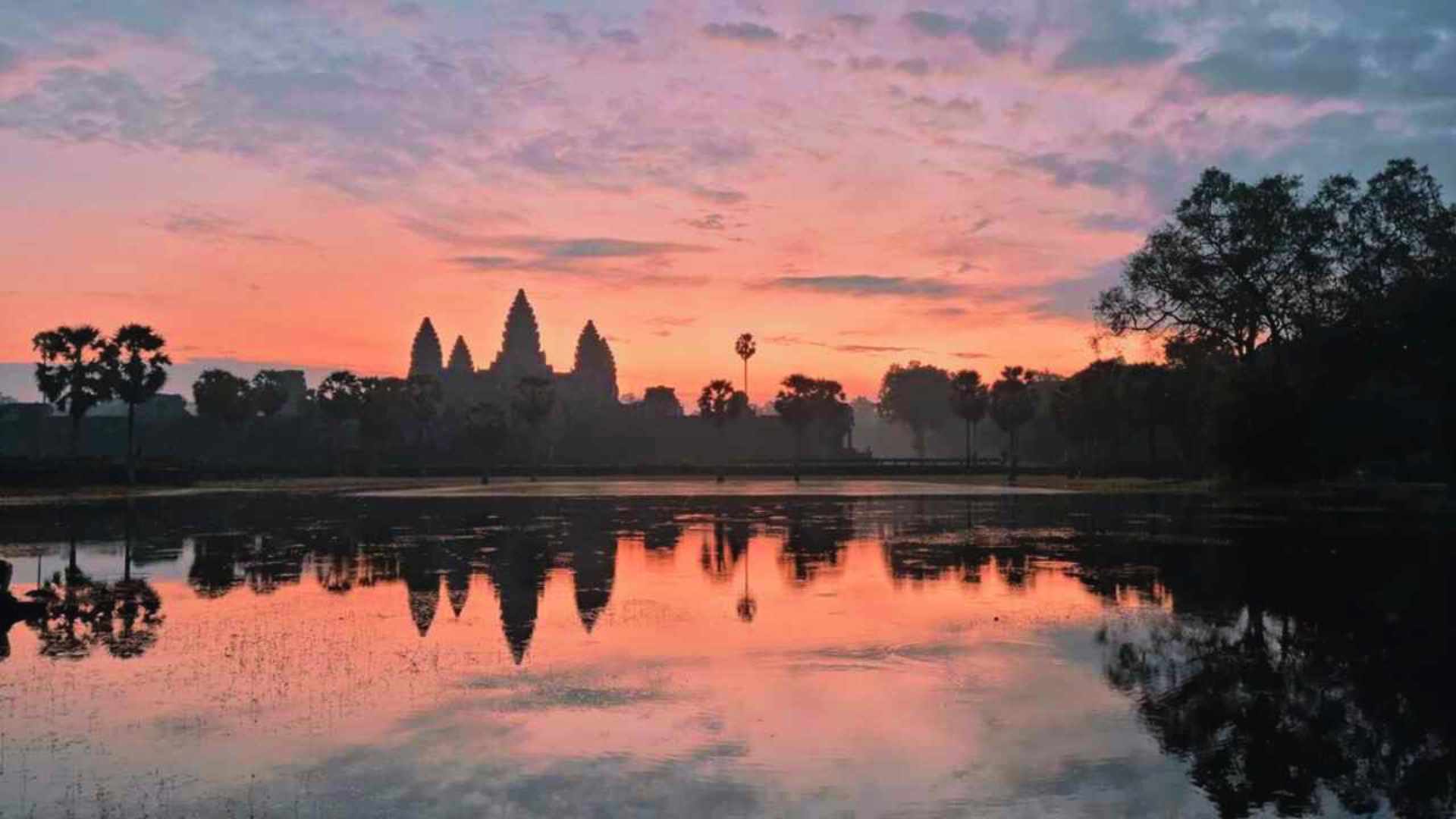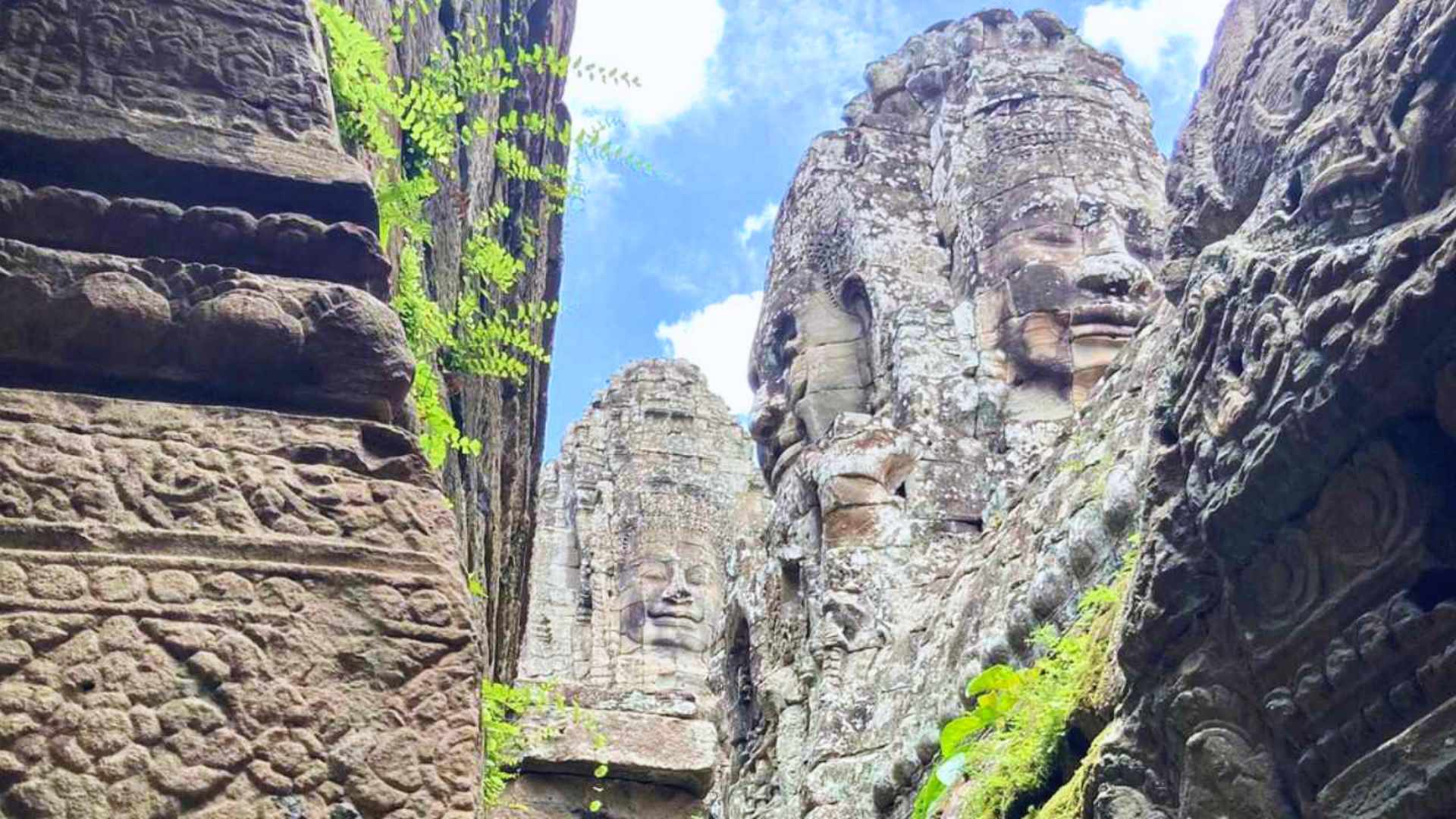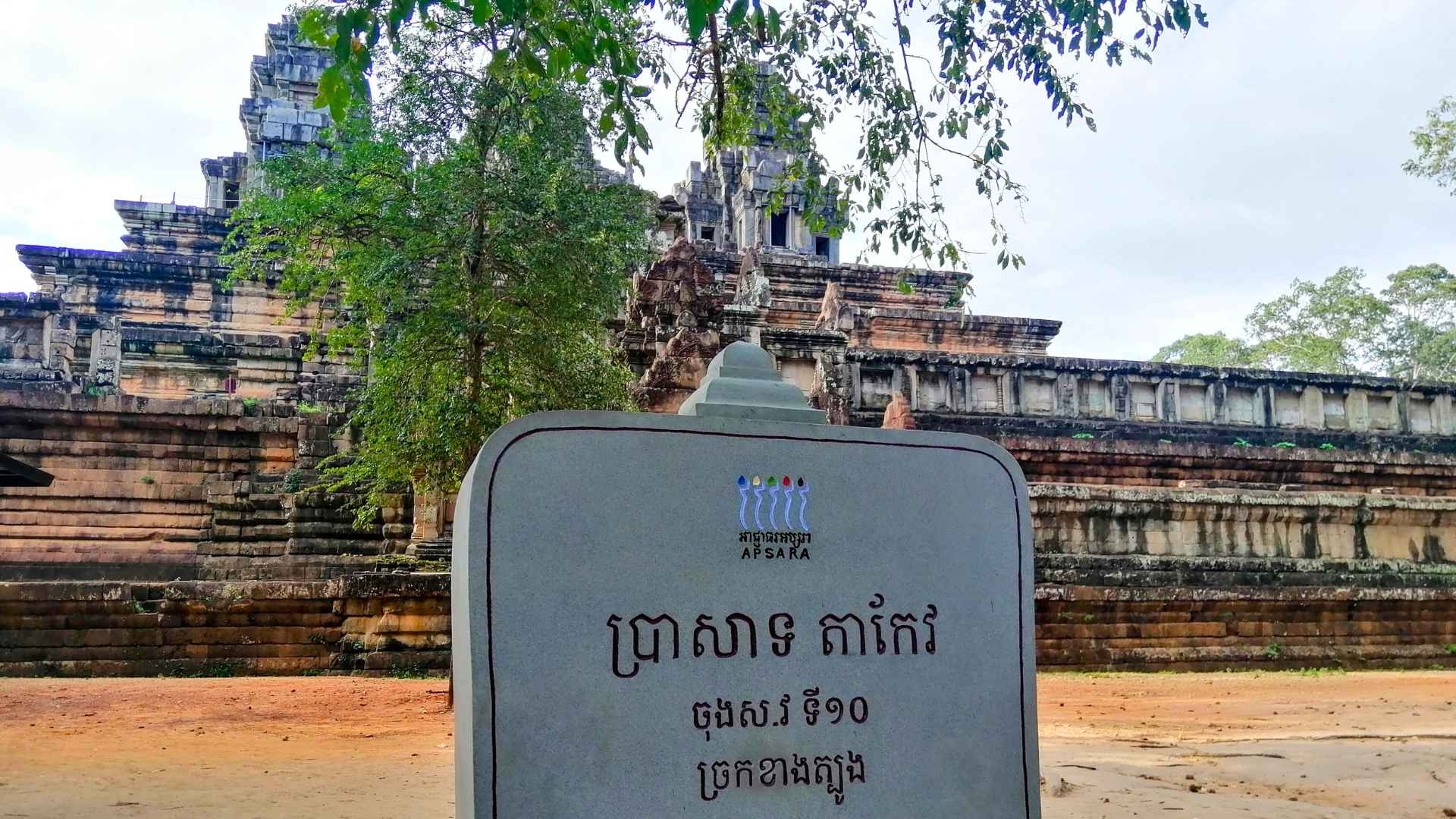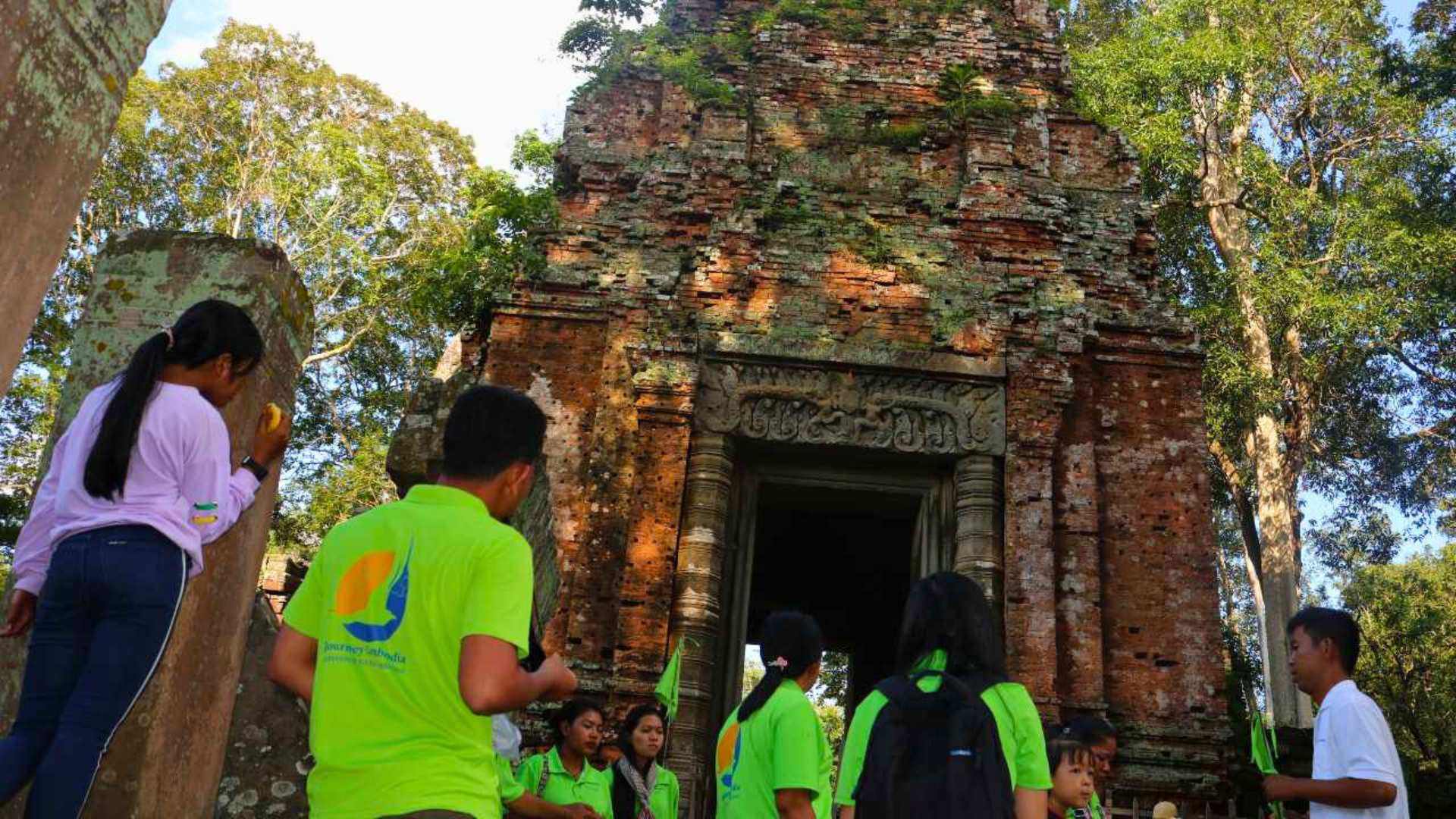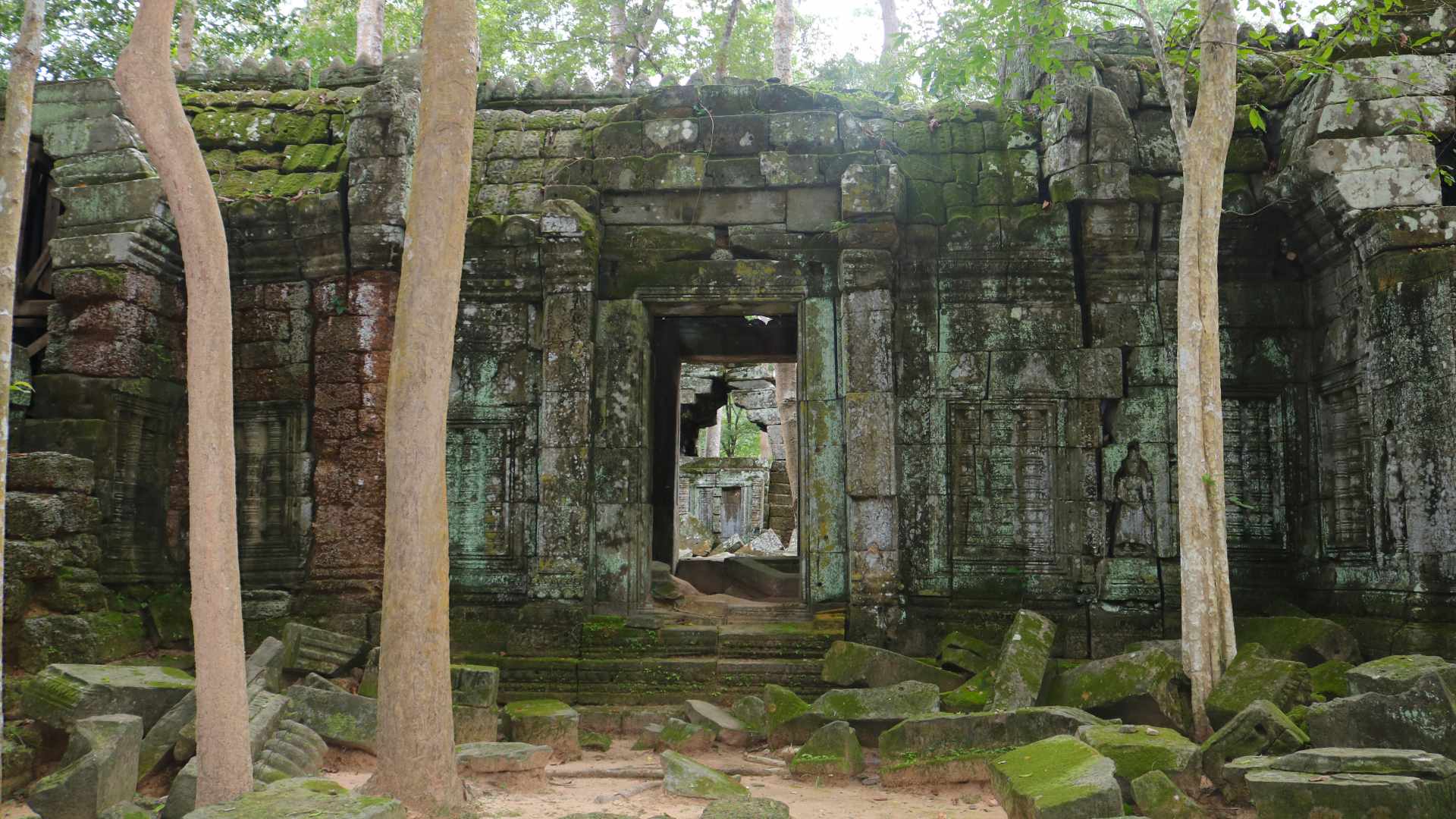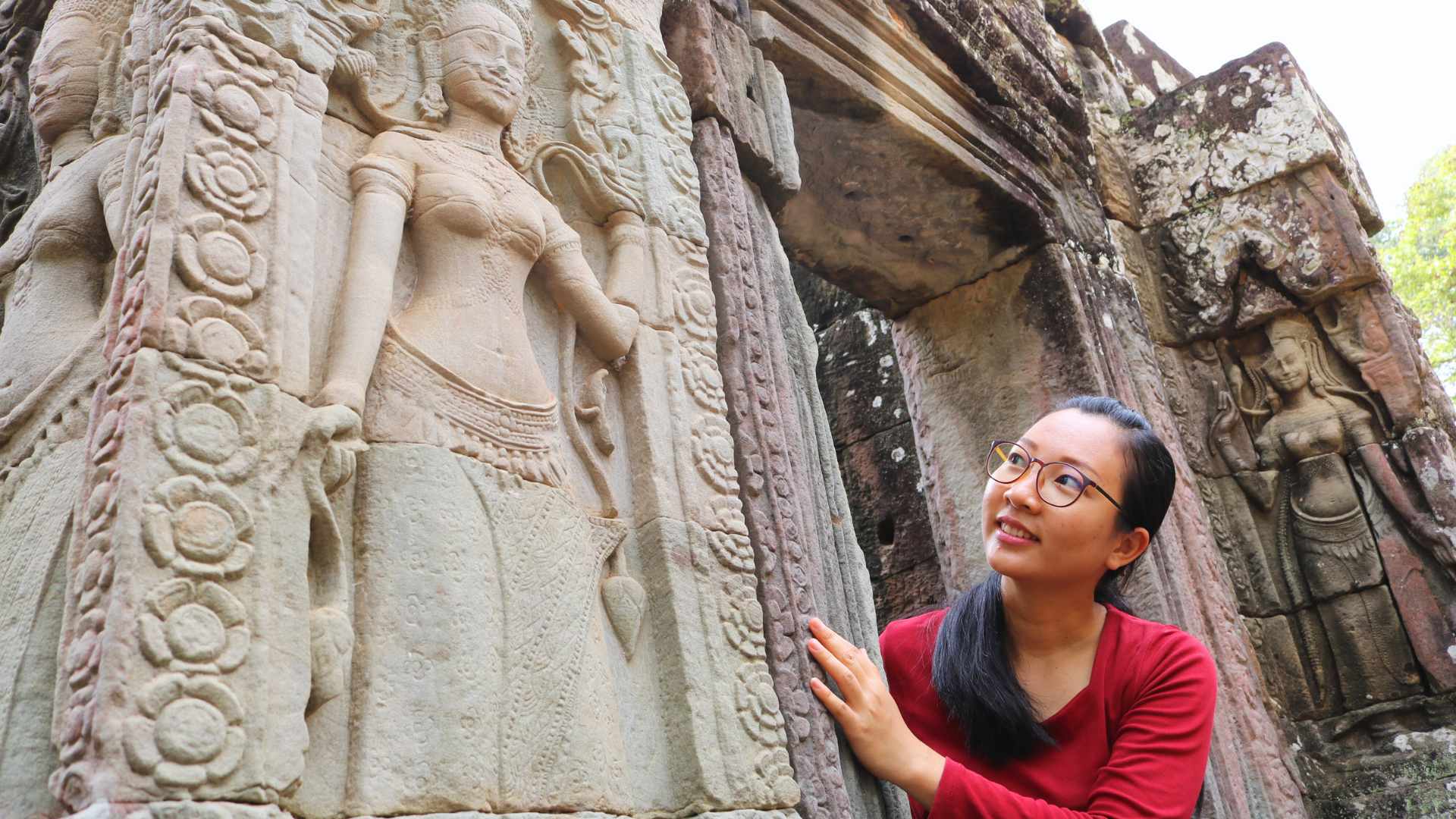Our Blog
Blog
How much does it cost to visit Angkor Wat with journeycambodia.com?
Angkor Wat Costs Exposed: What JourneyCambodia.com Really Charges in 2025 – See exactly what you’ll pay—no guessing, no fluff. How much does it cost to ...
Blog
Which Temples Are Included in the Small/Mini/Large Circuit Tour?
Which Temples Are Included in the Small/Mini/Large Circuit Tour? Your Complete Guide to Angkor’s Temple Routes Small vs Large Circuit at Angkor – One Tour ...
Blog
What’s the difference between Angkor Wat sunrise and afternoon tours?
What’s the Difference Between Angkor Wat Sunrise and Afternoon Tours? One Tour Has Crowds and Magic, The Other Has Shadows and Peace—But Only One Gets ...
Blog
What time does Angkor Wat open and close? When Can You Step Inside Angkor Wat? Exact Opening and Closing Times Revealed!
Plan your visit perfectly with the exact hours Angkor Wat welcomes travelers every day—don’t miss a single moment! What Time Does Angkor Wat Open and ...
Blog
Angkor Archaeological Park – Are there restrooms, food, and water available inside the complex?
What No One Tells You About Food, Water and Toilets at Angkor Wat Don’t Get Stuck Hungry or Searching for a Bathroom—Here’s What’s Really Inside ...
Blog
The Angkor Temples with the best views from the top – Climb These Angkor Temples for Views So Wild You’ll Forget to Blink.
The Angkor Temples with the best views from the top Sunsets that melt your brain. Jungle views that punch through the clouds. No drone needed. ...
Blog
Locals Say This Temple Beats Angkor Wat—And Almost No Tourists Go There
This Secret Temple Outshines Angkor Wat — And Almost No One Knows It! It’s taller, emptier, and feels like you’ve stepped into a lost world—welcome to ...
Blog
Is Cambodia Safe for Travel in 2025? What Tourists Should Actually Worry About – Skip the sugarcoating—here’s what really matters.
Is Cambodia Safe for Travel in 2025? What Tourists Should Actually Worry About Is Cambodia safe for travel? Yes, it is. Most visitors have great ...
Blog
Why Smart Travelers Skip Angkor Wat at Sunrise (And Where They Go Instead)
(Smart Travelers Know This Trick) – Skip the 4 AM alarm and still get better views, almost zero crowds, and real peaceful time. Smart travelers ...
Blog
I Found 5 Angkor Empty Temples While 5,000 Tourists Crowded Angkor Wat
5 Empty Angkor Temples No One Visits (While 5,000 Jam Into Just One) Why fight the crowd at Angkor Wat… when five silent giants are ...

